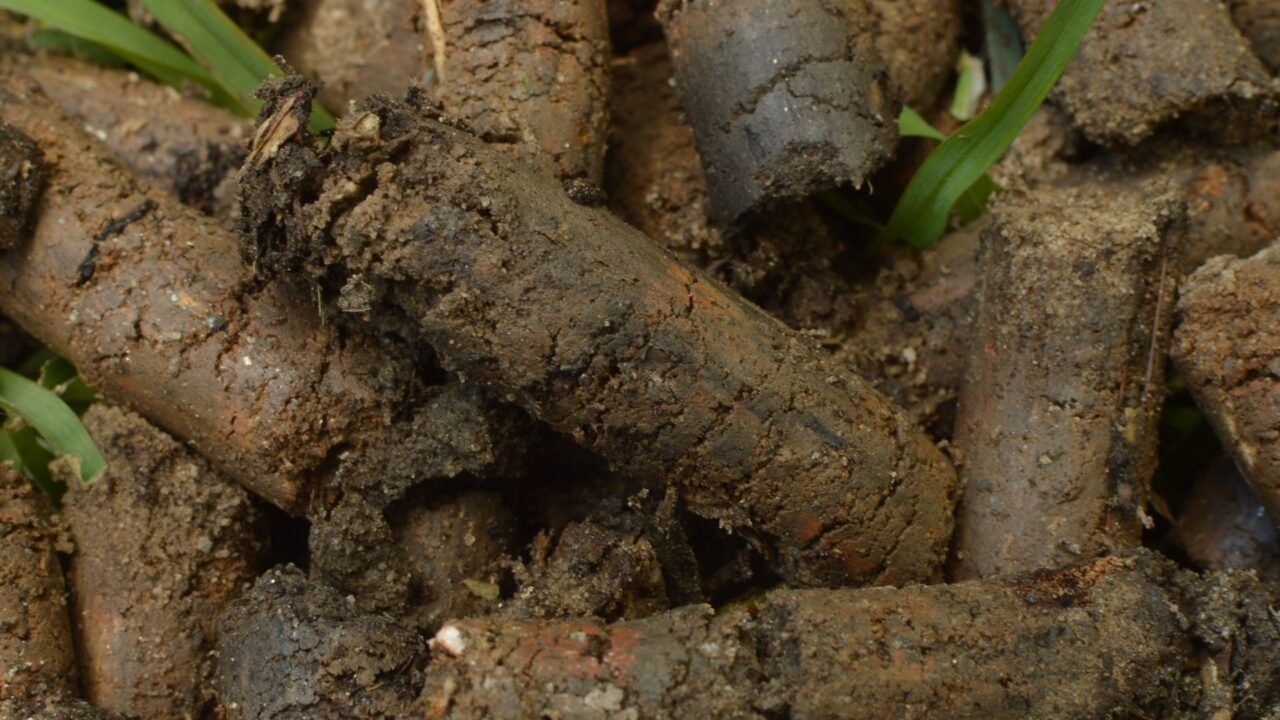Overseed after aerating for the best results. Aeration loosens compacted soil and creates openings where grass seed can settle and germinate more effectively. Doing it in the wrong order can waste time, money, and seed.
Should I Overseed Before or After Aerating?
Introduction: The Overlooked Order That Makes or Breaks Results
If you’re putting time and money into improving your lawn, timing matters—and so does the order you do things. One of the most common questions Northeast Ohio homeowners ask is:
“Should I aerate first or spread the seed first?”
It might seem like a small detail, but getting this step right can mean the difference between patchy growth and a thriving, dense lawn.
In this article, we’ll break down:
-
Why aeration before overseeding is best
-
What happens if you reverse the order
-
The science behind seed-to-soil contact
-
When to skip aeration altogether
-
And local tips for timing it right in Northeast Ohio
What Aeration Actually Does (and Why It Matters)
Lawn aeration involves perforating the soil with small holes to:
-
Reduce compaction
-
Improve air and water flow
-
Allow nutrients to reach the roots
-
Create open space for seed to lodge
In Northeast Ohio, heavy clay soils and foot traffic can compact your lawn quickly. Aerating helps loosen things up—making it easier for seed to root deep and fast.
Overseeding After Aerating = Better Seed-to-Soil Contact
Here’s the key concept: Seed must touch soil to germinate and grow. Just tossing seed on top of thick thatch or compacted ground is a waste.
When you aerate first, you:
-
Create small holes and broken-up plugs
-
Open a pathway for water and oxygen
-
Provide microclimates for seed to settle into
Then, spreading seed after lets those seeds fall into the holes, not just sit on the surface. This dramatically improves germination rates—especially with slow-germinating seed types like Kentucky bluegrass.
What Happens If You Overseed Before Aerating?
A few things go wrong if you reverse the order:
-
The aerator pulls seeds up with the plugs, wasting material
-
You risk burying seeds too deep
-
Most seeds don’t get the proper contact and dry out
-
The overall germination rate drops
Think of it like planting a garden: you wouldn’t scatter seeds and then dig up the dirt. The same logic applies here.
When You Might Skip Aeration
Not every yard needs aeration before overseeding. You might skip it if:
-
You aerated recently (within the past year)
-
The soil is already loose and healthy
-
You’re doing a light overseed rather than a full lawn revamp
-
You’re working with slit-seeding equipment that opens the soil as it drops seed
That said, for most older or compacted lawns in Northeast Ohio, annual or biennial aeration is a smart move.
Local Tips for Timing Overseeding and Aeration
In Northeast Ohio, the ideal time to aerate and overseed is:
-
Late August to early October (cool-season grass window)
-
When temps are 60–75°F and rainfall is more consistent
-
At least 6 weeks before the first frost for full germination
A few additional pointers:
-
Avoid seeding during droughts or heat waves (July is usually too hot)
-
If using Kentucky bluegrass, seed no later than mid-September—it takes 21 days to germinate
-
Perennial ryegrass or turf-type tall fescue can be seeded later, into early October
Should You Water After Aerating and Overseeding?
Yes—water immediately after seeding, and keep the top layer moist for at least 2–3 weeks. Aeration opens the soil, but without moisture, your seed won’t germinate.
A simple watering schedule:
-
Daily light watering (10–15 minutes) for the first 10–14 days
-
Transition to every other day once germination begins
-
Avoid pooling or runoff that can shift the seed out of place
Tools That Make It Easier
If you’re DIYing, here’s what you’ll need:
-
A core aerator (rent or hire a service—avoid spike aerators)
-
Starter fertilizer (optional but helpful)
-
Hose or sprinkler for daily watering
If you’re in our local service area, we can handle the aeration and seeding for you—especially useful if you don’t have time or tools.
Summary: Aerate First, Then Overseed
To recap:
-
Always aerate before overseeding for best results
-
The goal is seed-to-soil contact and reduced compaction
-
Don’t bury seeds too deep—just let them fall into the aeration holes
-
Water consistently and don’t mow too soon (wait until grass is 3″ tall)
If your lawn is struggling in the Cleveland suburbs, a fall aeration and overseeding combo can completely change the game. Just be sure to get the timing and process right.
FAQ
How soon should I water after overseeding and aerating?
Immediately. Keep the top layer of soil consistently moist until new grass is well established—usually 2–3 weeks minimum.
Can I overseed without aerating first?
Yes, but expect lower germination. Aeration significantly improves your results by loosening soil and increasing seed contact.
What type of aerator is best for overseeding prep?
A core aerator that removes plugs of soil. Avoid spike-style tools—they don’t relieve compaction or help seed much.
Can I walk on the lawn after overseeding?
Minimize traffic for at least 2–3 weeks while seed is germinating. Light walking is okay after the first mowing.
Do I need to add topsoil after aerating?
Not usually. If your soil is healthy, the existing holes will be enough. However, compost topdressing can boost results if you’re renovating a poor lawn.

